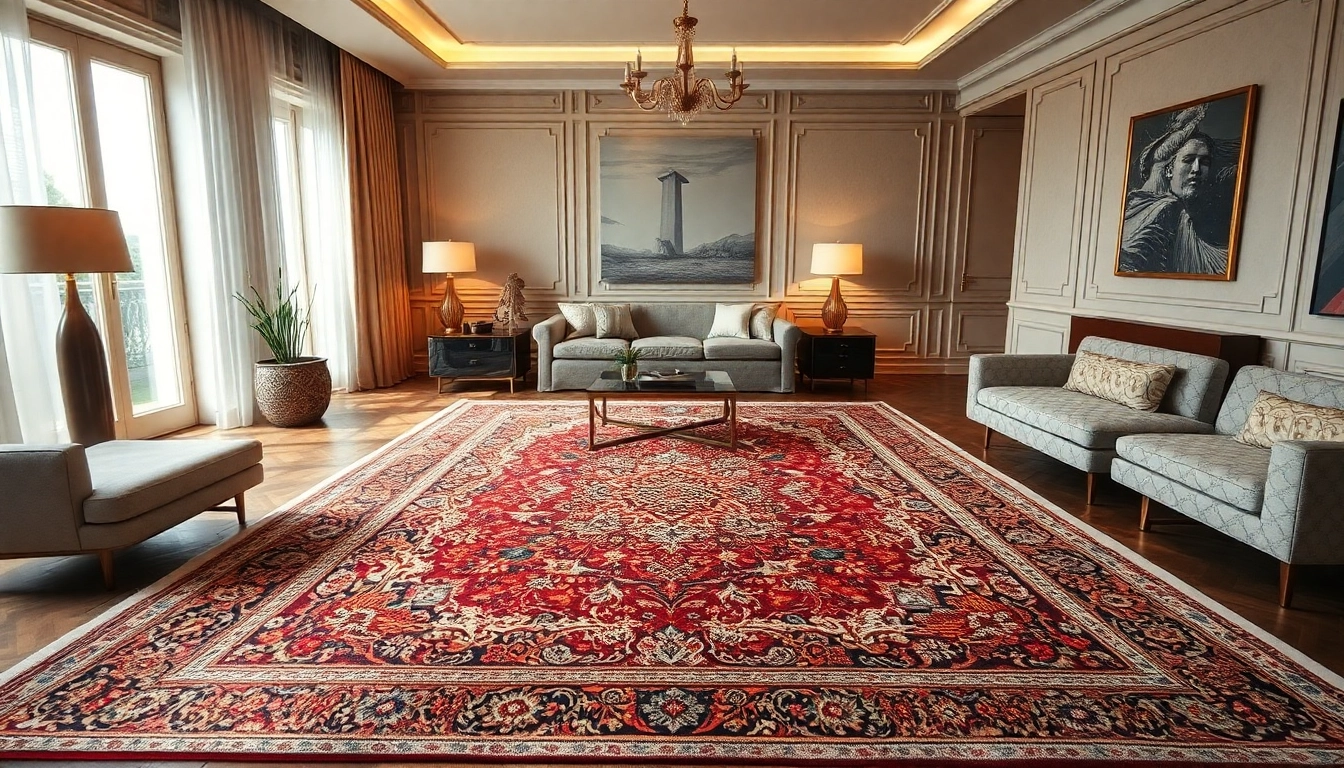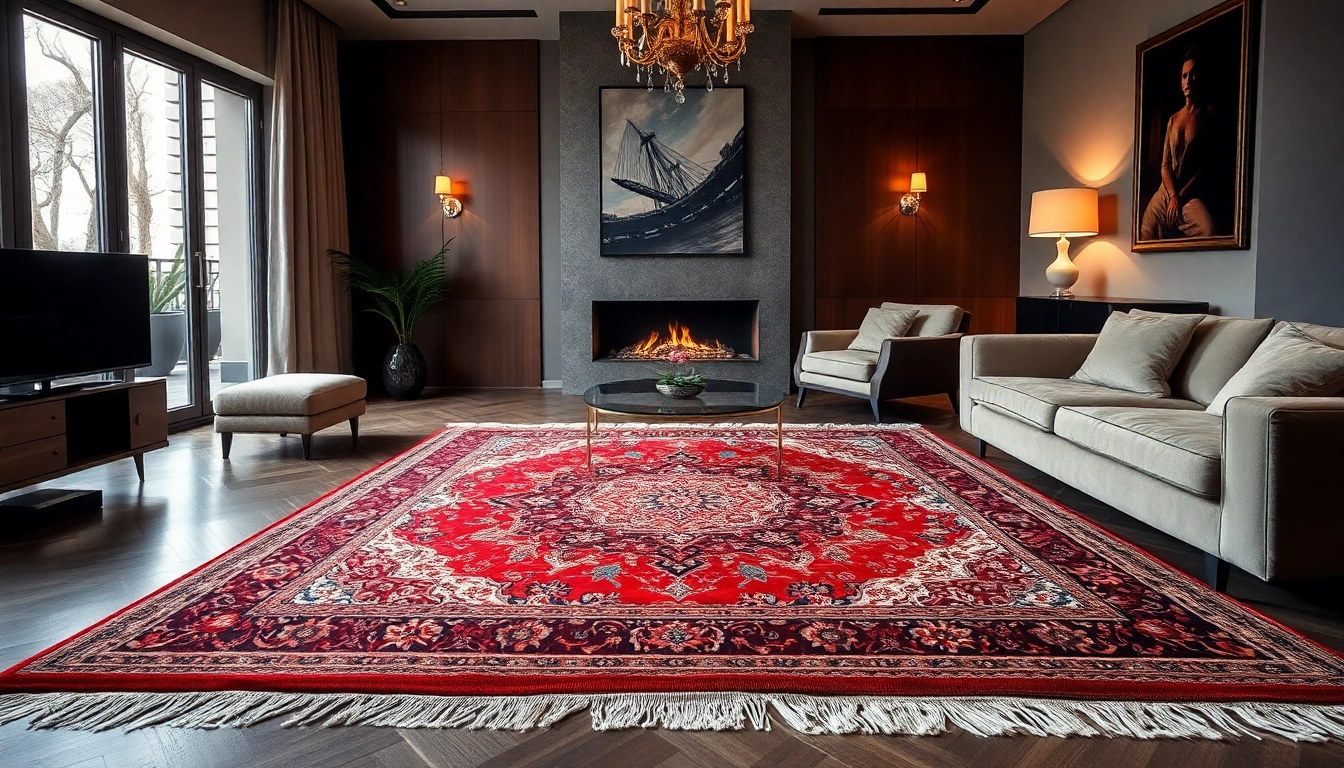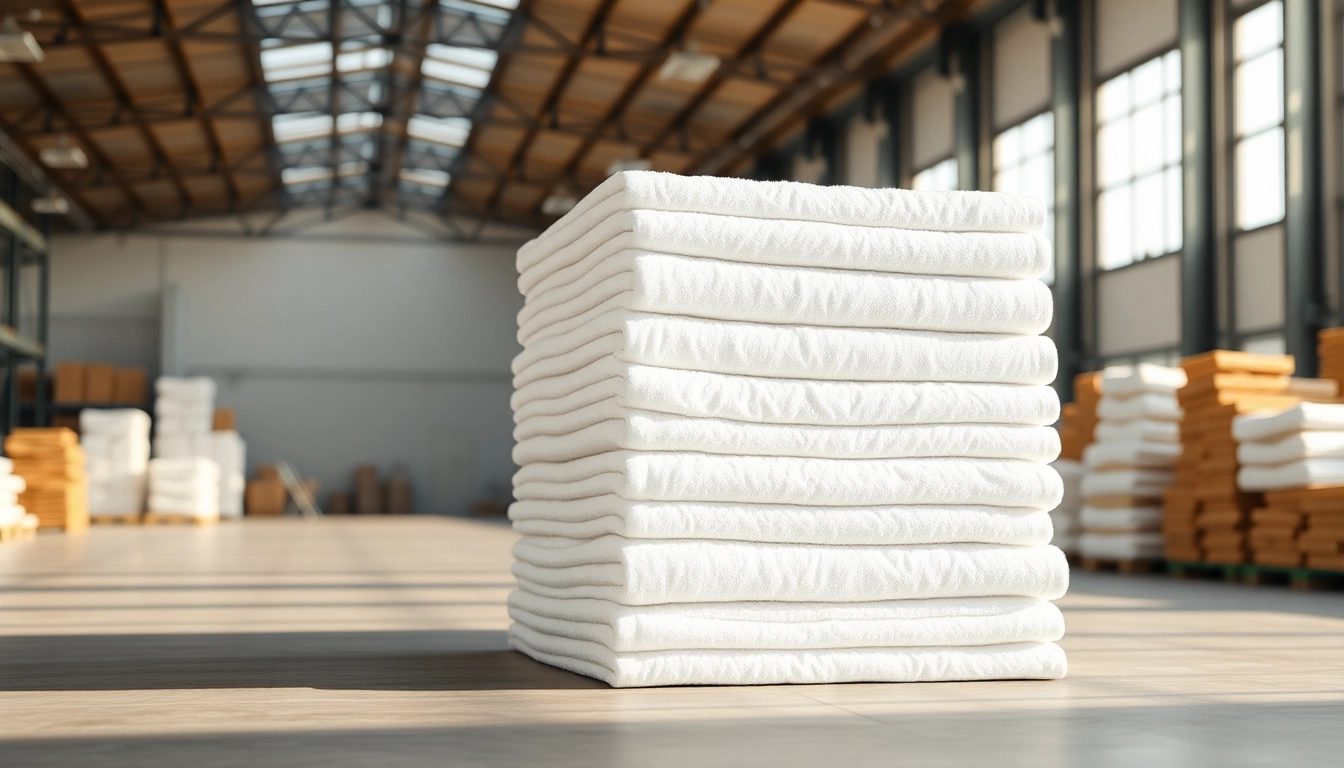Understanding Tappeto Persiano Milano: Types and Characteristics
In the vibrant city of Milan, where design and tradition intertwine seamlessly, the Tappeto persiano Milano represents a bridge between centuries-old craftsmanship and contemporary aesthetics. Persian rugs, renowned for their intricate patterns, superior materials, and cultural significance, have become sought-after decor pieces for those seeking elegance and authenticity. Understanding the diverse types and distinctive characteristics of Persian carpets is fundamental for collectors, interior designers, and aficionados alike.
1.1 Traditional Persian Rug Patterns and Motifs
Persian rugs are distinguished by a rich tapestry of motifs and patterns that reflect the cultural heritage of Iran. Central medallions, floral designs, geometric patterns, and curvilinear motifs dominate the landscape of traditional Persian rugs. For example, the Tabriz style often features complex floral medallions with symmetrical arrangements, while Qum rugs showcase elaborate botanical patterns with a high knot density. These motifs are more than decorative; they encode symbolism, regional identity, and stories passed down through generations.
1.2 Common Materials Used in Persian Rugs
Materials significantly influence the rug’s quality, durability, and appearance. The most prized Persian rugs are handcrafted using natural fibers such as high-quality wool, silk, or a blend of both. Wool offers resilience and softness, making it ideal for everyday use, whereas silk imparts luminosity and intricate detailing, elevating a rug to a luxury status. Some Persian carpets also incorporate cotton foundations, which provide structural support and enhance knot density. These natural materials contribute to the authenticity and longevity of genuine Persian rugs.
1.3 Key Features that Signify Authenticity
Spotting an authentic Persian rug involves examining several key features. Hand-knotted rugs typically boast a high knot density, measured in knots per square inch (KPSI), indicating finer craftsmanship. The back of a genuine rug should reveal the pattern clearly, with individual knots visible, and the fringes are part of the foundation, not sewn on afterward. The dyes used are traditionally natural, resulting in vibrant yet soft hues that age gracefully. An authentic Tappeto persiano Milano adheres to these standards, ensuring both aesthetic appeal and investment value.
Historical and Cultural Significance of Persian Rugs in Milan
2.1 The Legacy of Persian Craftsmanship
Persian rugs embody a millennia-old tradition of artistry dating back to ancient Persia. Each region—be it Isfahan, Kashan, or Kerman—developed its own signature styles, techniques, and motifs, contributing to a diverse textile heritage. In Milan, a city synonymous with fashion and luxury, Persian craftsmanship has found a natural home, influencing interior design and collecting practices. The legacy persists through artisans’ meticulous handwork, preserving symbolic motifs, and maintaining authentic weaving techniques that are passed down through generations.
2.2 The Influence of Persian Design in Milanese Interiors
In Milan, Persian rugs are not merely decorative items but symbols of cultural refinement. They are often used to define luxurious living rooms, create focal points in galleries, or add warmth to minimalist spaces. Contemporary Milanese designers frequently incorporate Persian carpets to juxtapose tradition with modernity, blending intricate patterns with sleek furniture. This cultural synergy enhances the ambiance of spaces, making Persian rugs a timeless statement of elegance and heritage.
2.3 How to Identify Genuine Persian Craftsmanship Today
Authentic Persian craftsmanship in Milan involves understanding the nuances of sourcing, craftsmanship, and provenance. Reputable dealers and galleries provide certificates of authenticity, detailing origin and craftsmanship. Experts advise inspecting knot density, material quality, and dye authenticity. Attending specialized exhibitions and consulting with experienced appraisers ensures that buyers acquire genuine pieces that preserve cultural legacy and value over time.
Buying Guide for Tappeto Persiano Milano
3.1 Where to Buy Authentic Persian Rugs in Milan
Milan hosts several reputable outlets specializing in Persian carpets, including dedicated showrooms like Artorient Milano and Toranj. These establishments pride themselves on offering authentic, handcrafted Persian rugs with transparent provenance and craftsmanship. Additionally, specialized galleries, antique markets, and certified online platforms provide curated selections. To ensure authenticity, always seek references, certifications, and perform on-site inspections or trusted virtual evaluations.
3.2 Prices and Investment Value of Persian Rugs
The price range for genuine Persian rugs varies depending on size, complexity, age, and materials. Entry-level new rugs can start around €200-€500 for smaller pieces, while mid-range options typically fall between €1,000-€3,000. Antique or rare, high-quality silk rugs can exceed €10,000, often appreciating over time making them a valuable investment. In Milan, the market for Persian rugs has matured, with collectors and interior enthusiasts recognizing the enduring value of authentic pieces.
3.3 Tips for Selecting the Perfect Rug for Your Space
Choosing the right Persian rug involves assessing size, pattern, color harmony, and cultural fit within your interior. For modern spaces, opt for rugs with bold geometric motifs or contemporary color palettes, while classic interiors benefit from traditional floral or medallion designs. Prioritize high knot density and natural dyes for durability. Also, consider the rug’s provenance and authenticity certificates. Professional advice from specialists can ensure that the selected piece enhances your decor and retains its value over time.
Care, Restoration, and Maintenance of Persian Rugs
4.1 Best Practices for Cleaning Persian Rugs in Milan
Proper maintenance extends the lifespan and preserves the beauty of Persian rugs. Regular vacuuming with a gentle brush attachment removes dust and prevents dirt embedding in the fibers. Immediate attention to spills with blotting—never rubbing—is crucial. For deep cleaning, professional cleaning services specializing in Persian textiles are recommended, such as those offered by trusted Milanese restorative experts. Avoid using harsh chemicals or washing machines, as these can damage delicate dyes and fibers.
4.2 Restauro e Lavaggio: Services of Repair and Restoration in Milan
Restoration services are vital for preserving antique and well-used rugs. Milan hosts specialized ateliers such as Toranj and Parsa Tappeti, offering expert cleaning, mothproofing, dye retouching, knot replacement, and fringe repairs. Restorers employ traditional techniques, ensuring repairs blend seamlessly with the original craftsmanship. Regular restoration prolongs a rug’s aesthetic and monetary value, making it a worthwhile investment for owners.
4.3 Preservation Tips to Extend Rug Lifespan
To preserve your Persian rug, avoid placing it in direct sunlight to prevent fading. Rotate the rug periodically to ensure even wear. Use rug pads to prevent slipping and protect the fibers. Storing during off-seasons in a dry, ventilated space with acid-free wrapping safeguards against pests and moisture. Employing these best practices ensures your Tappeto persiano Milano remains an enduring piece of art for generations.
Trends and Future of Persian Rugs in Milan
5.1 Modern Designs Blending Tradition and Innovation
Contemporary Milanese designers are innovating by integrating traditional Persian motifs with modern aesthetics. This fusion creates rugs with minimalist patterns, abstract compositions, or monochrome palettes that appeal to urban decor trends while retaining cultural significance. Such hybrid designs increase the versatility of Persian rugs, making them suitable for a wide range of interior styles, from Scandinavian minimalism to eclectic boho-chic.
5.2 The Rising Demand for Persian Rugs in Urban Spaces
As Milan continues to grow as a fashion and design capital, the demand for luxurious, authentic decor items like Persian rugs has surged. Urban dwellers seek pieces that communicate exclusivity and craftsmanship. Persian carpets are increasingly incorporated into upscale apartments, offices, and boutique hotels, where they serve as statement pieces that symbolize elegance and cultural appreciation.
5.3 How to Incorporate a Tappeto persiano Milano into Contemporary Decor
Successfully integrating a Persian rug into modern interiors involves balancing the ornate and intricate designs with sleek furniture and neutral color schemes. Use the rug as a central focal point, anchoring the space with complementary accessories. Layering diverse textures, such as glass, metal, and soft textiles around the rug, enhances visual interest. Consulting with interior professionals familiar with both traditional and contemporary styles can help achieve a cohesive look that elevates your space’s aesthetic appeal.



